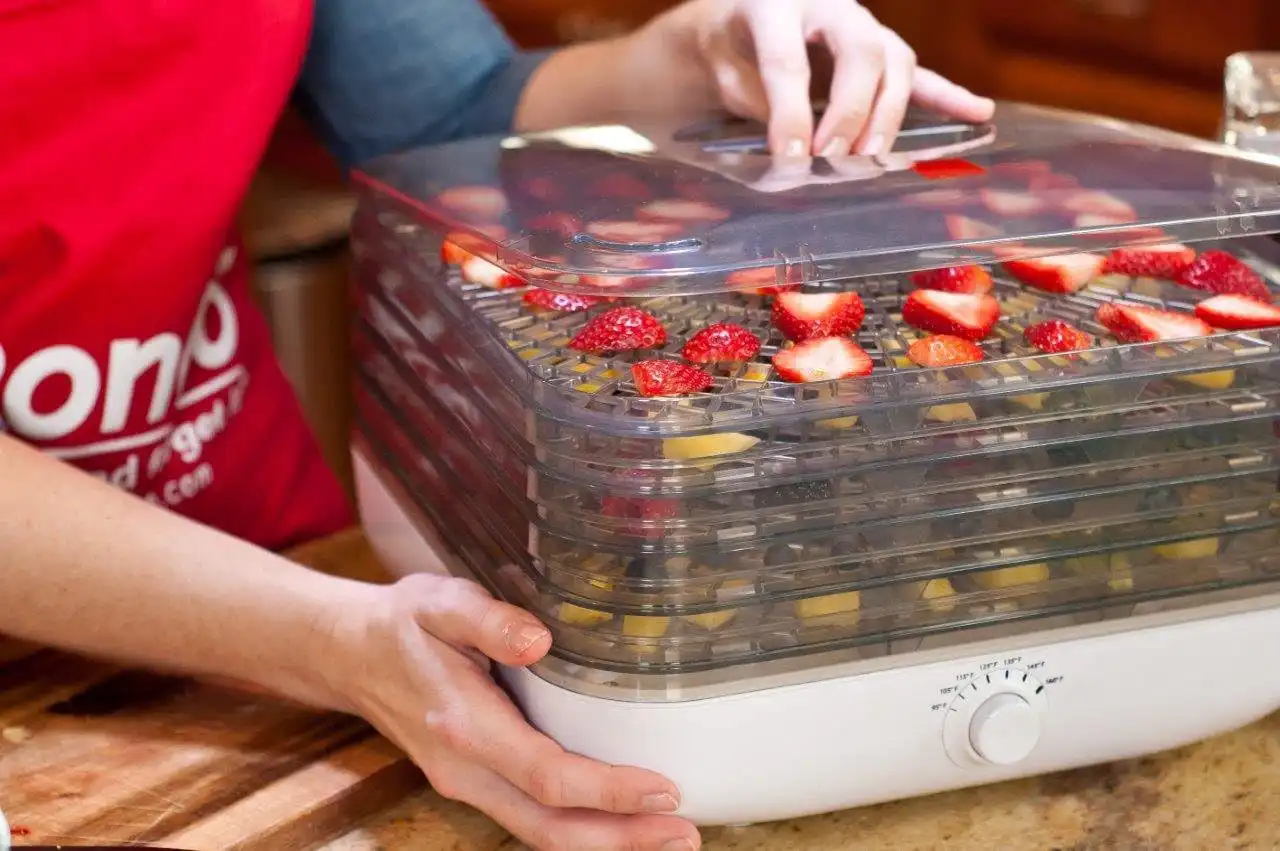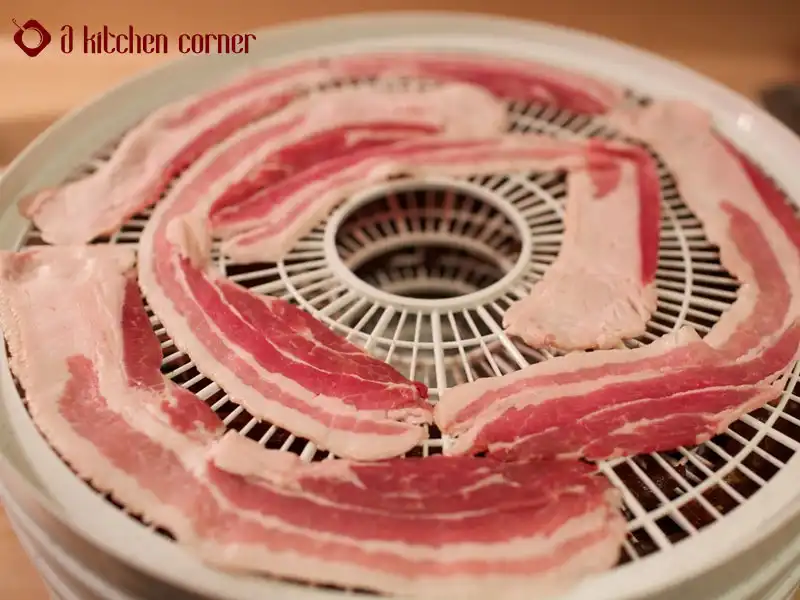Homemade Fruit Roll Ups In Dehydrator: Unleashing The Deliciousness
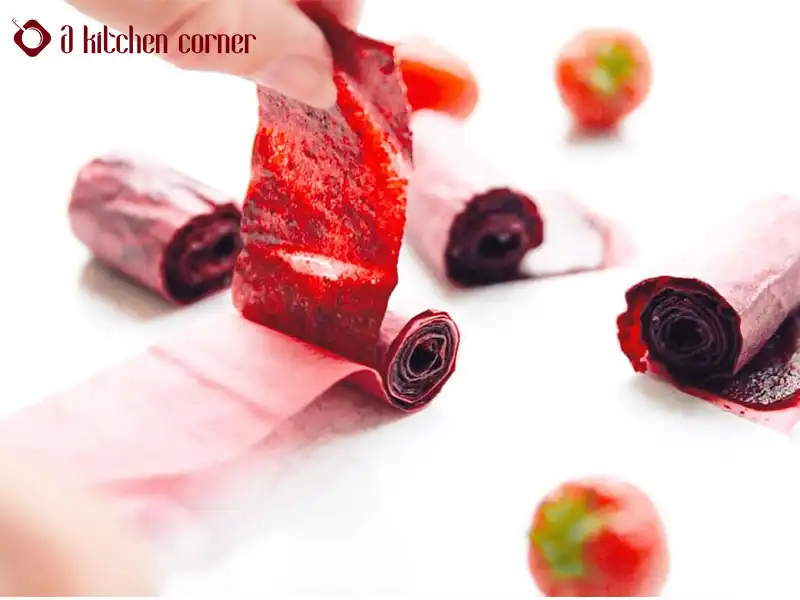
Contents
What Do You Need For Natural Fruit Rolls-Ups?
This recipe requires only three ingredients: fruit, lemon juice, and a sweetener. The ingredients are blended together, spread thinly on a baking sheet lined with parchment paper, and then baked at a very low temperature for several hours until dried.The fruit
This recipe for homemade fruit roll-ups is versatile and can be made with almost any type of fruit. While fresh berries like strawberries or blueberries are a great choice, you could also use other fruits such as: Tropical: To taste the tropics, consider using pineapple and mango to make flavorful tropical fruit roll-ups. Forest Fruits: A delightful blend of cherries, blueberries, and raspberries will provide a burst of flavor and create a visually appealing roll-up with its vibrant colors. Single Ingredient: You can opt for a single-ingredient approach, focusing solely on one fruit like strawberries, which typically requires around 3 cups.The acidity
Lemon juice can be used to preserve the color of the fruit. However, lime or orange juice can also be used as an alternative if preferred.For The Sweetness
The amount of sweetness added to the fruit roll-ups can be adjusted according to your preference. You can use honey, sugar, or a sugar substitute such as Stevia or Splenda.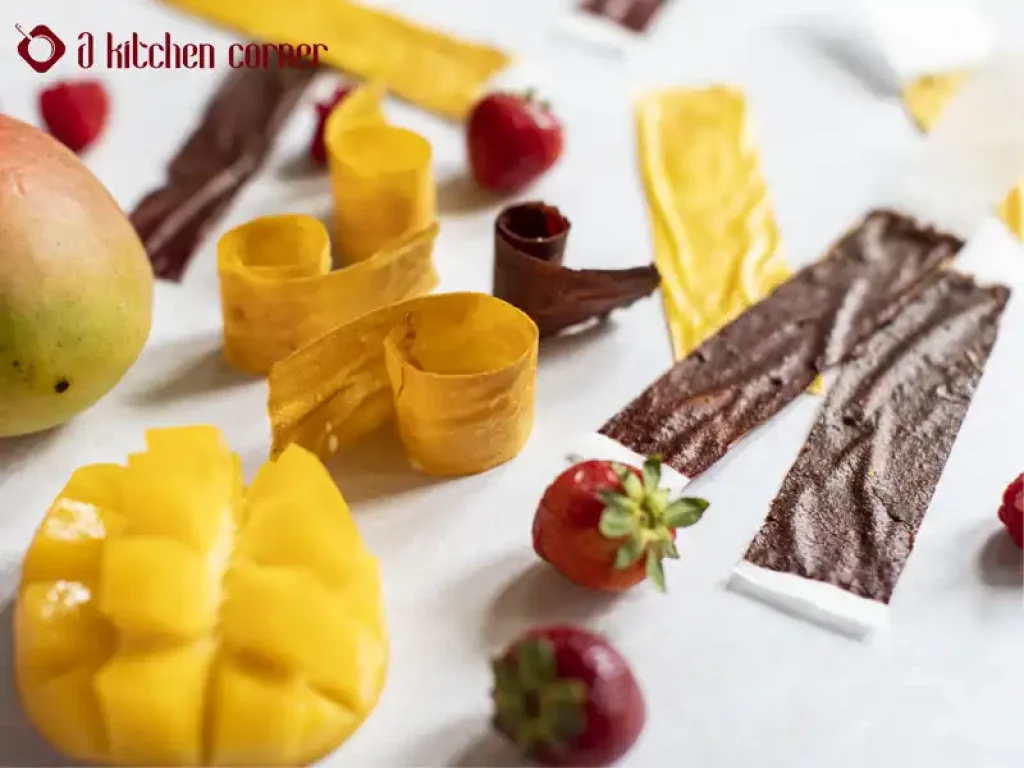
can you make fruit roll ups in a dehydrator
How to make fruit roll-ups in a food dehydrator?
Wondering how to make fruit roll ups in dehydrator? The next part of our article will show you how.Step 1: Prepare and blend the fruit – Homemade fruit roll-ups in dehydrator
To begin making homemade fruit roll-ups in dehydrator, start by selecting fresh and ripe fruits of your choice. Ensure that the fruits are properly cleaned, and remove any seeds or stems. Once prepared, blend the fruit into a blender until it forms a smooth and consistent puree. This step is essential for achieving a uniform texture in your fruit roll-ups.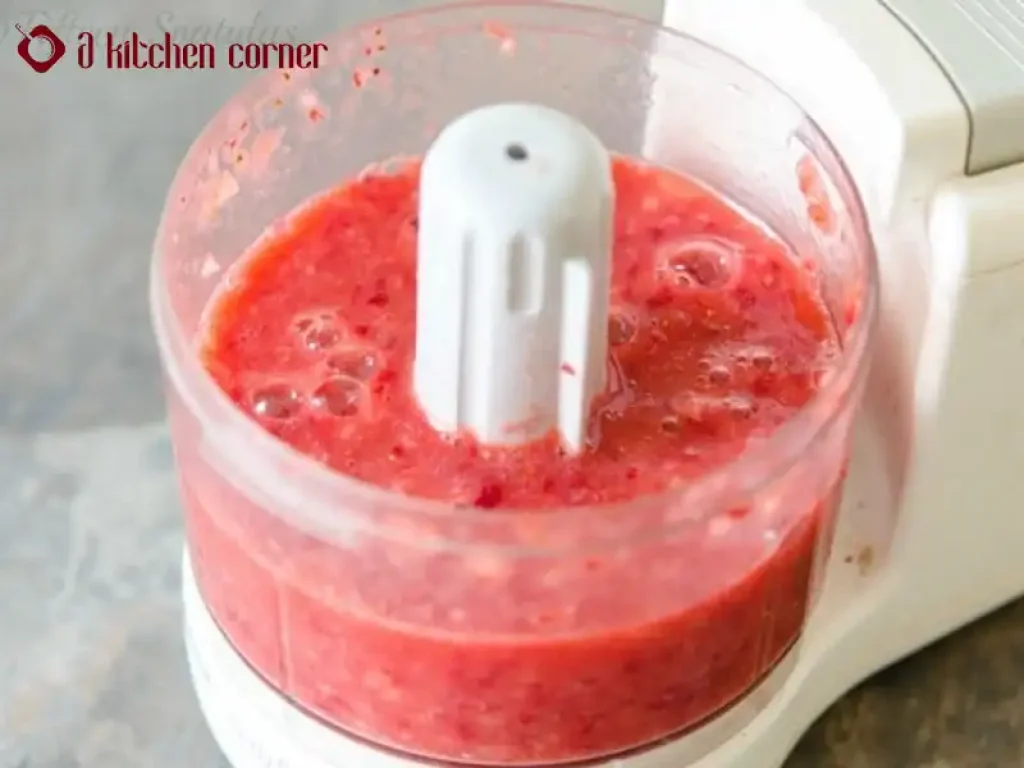
Blend the fruit into a blender – Homemade fruit roll ups in dehydrator
Step 2: Spread the fruit
Next, line a dehydrator tray with a non-stick sheet or parchment paper to prevent sticking. Take the blended fruit puree and evenly spread it onto the prepared tray. Creating a uniform thickness across the tray is important to ensure even drying. You can use a spatula or the back of a spoon to achieve a smooth and level layer of fruit puree.Step 3: Dehydrate the fruit
Once the fruit puree is evenly spread on the tray, it’s time to dehydrate the fruit in the dehydrator. Follow the instructions provided by your dehydrator manufacturer to set the appropriate temperature and time for drying. Typically, fruit roll-ups are dehydrated at a low temperature for several hours or overnight. The dehydrator’s gentle heat will remove the moisture from the fruit, transforming it into a chewy and flavorful treat.Step 4: Cut and roll the homemade fruit leather.
After the fruit has been thoroughly dehydrated and has achieved a leathery texture, carefully remove the sheet from the dehydrator tray. Use a sharp knife or kitchen scissors to cut the fruit leather into desired strips or shapes. From there, roll up each strip, creating delightful homemade fruit roll-ups in dehydrator. You can store them in an airtight container for immediate enjoyment or save them for later as a healthy and convenient snack option.How Do You Know When Fruit Leather Is Done?
To determine if your leather is dry enough, you can use your senses. Check the color and texture to see if it’s consistent and smooth. If it’s no longer sticky, then it’s probably done. You can also taste it to see if it’s properly dried. If it doesn’t taste right, you’ll need to wait and let it dry more.How to make peach fruit leather in the oven?
How to make fruit leather without a dehydrator? You can totally make it with an oven in your kitchen. To make fruit leather in an oven, setting the temperature as low as possible is best, ideally between 135-150ºF/57-65ºC. However, temperatures of up to 170-180ºF/75-80ºC can also be used. It is essential to avoid temperatures exceeding 200ºF/95ºC. The duration of the process will depend on the temperature and the thickness of the fruit puree on the tray. As a general rule, expect it to take 8-12 hours at 140ºF/60ºC, 5-8 hours at 150ºF/65ºC, and 3-5 hours at 170ºF/75ºC. >> You might be interested: How to Dehydrate Food Without a Dehydrator – 8 Simple Techniques that WorkBest dehydrator for fruit leather
A dehydrator offers a multitude of uses, including the production of fruit leathers and jerky and the preservation of fresh fruits and vegetables for extended storage. It also creates dehydrated meals suitable for backpacking trips or emergencies. When selecting a dehydrator, there are various options available. The Nesco Snackmaster Pro is a suitable choice for those on a budget. However, investing in one of the Excalibur model dehydrators is advisable if you anticipate frequent and extensive dehydrating endeavors.
Conclusion
Homemade fruit roll-ups provide a healthier alternative to processed snacks. Crafting them in a dehydrator allows you to enjoy the natural goodness of real fruits without additives. By selecting ripe fruits, blending them into a puree, and dehydrating them, you can create flavorful and nutritious snacks. Whether you use a dehydrator or an oven, homemade fruit roll-ups are a delightful treat that all can enjoy. You might be interested:- Keep Your Snacks Safe and Fresh: How to Clean Food Dehydrator?
- From Apples to Zucchini: Top 10 Best Foods to Dehydrate for Snacks
FAQs
Fruit leather can be stored at room temperature for up to one month.
To ensure optimal storage, it is advisable to refrigerate the rolled leathers. If you need to store them for a longer period, they can be kept for up to one year.
For optimal storage of fruit leather, roll it up and wrap it in plastic before refrigerating. If you need to store the leather for longer, it is advisable to put it in the freezer.
Ensuring the leather is completely dry is important, as any moisture can cause mold growth when stored at room temperature for extended periods.
Fruit leather and fruit roll-ups share some similarities regarding ingredients and preparation methods. However, the two differ in their form, with fruit leather being thicker and cut into small pieces while fruit roll-ups are rolled.
You can follow the method below to make dehydrated fruit leather or rolls. When making leather, it is recommended to use a thicker layer of fruit puree to initiate the dehydration process, whereas for roll-ups, a thin layer should be used.

